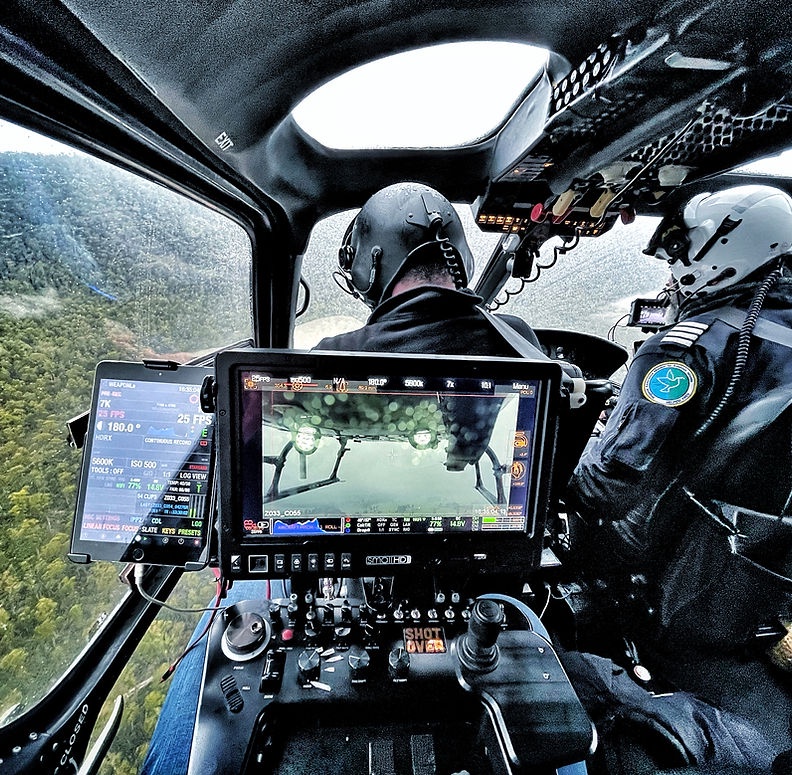For a very long time, aerial cinematography has been a key staple of cinema, and its ability to give the subject of the film new context within their landscape or to help show audiences more of the sweeping locations where the film is set. Any fans of the Lord of the Rings or The Sound of Music will instantly recognise how important these shots can be to film and what they add to the emotional beats of the movie.
As a term, it’s fairly self-defined, aerial cinematography refers to the film technique using aircraft such as helicopters, planes or drones to capture an elevated perspective. It makes it easier for filmmakers to access entirely new landscapes from angles that most people will never have experienced, and are perfect for filming large-scale environments and achieving breathtaking and dramatic visual storytelling cost-effectively.
Some of the main ways you will see aerial cinematography used would be in large-scale establishing shots and dramatic action chases. However, you will also have noticed it being used for b-roll in many documentaries such as nature films or investigative crime series. Regardless, there is likely to be an aerial shot in nearly every documentary or feature film you can see.
Why aerial cinematography?
The growing popularity of aerial cinematography and its increased use for more intricate shots is to some degree, due to the increase in access to drones for filming. It is making aerial filming more possible for films with small budgets or without the space for larger aircraft.
However, as the need for more advanced and complex aerial cinematography has grown, drone technology seems to have stagnated. This means that as filmmakers desire more complicated shots, drones are no longer meeting the requirements and anyone looking to capture those high-altitude sweeping shots will still need to seek the help of professional aerial film and helicopter crews.
What you can achieve with aerial shots
One of the main reasons that aerial cinematography is employed in the film is to help capture a greater sense of scale than is possible from the ground. If the film is set in an unfamiliar world, then it is a good idea to show sweeping landscape shots to help build the world around the characters. Aerial cinematography allows filmmakers to take their audiences directly into the world of the film and to help show them just what the scale of the film is. It brings viewers closer to the character's surroundings.
As mentioned previously, there has also been an increase in the desire for aerial shots as b-roll for documentaries. These can be great to give an example of just where the documentary is taking place, and especially in nature documentaries, to show the exact scale of the area that is being discussed during the film. They can also be used in crime documentaries, overhead shots especially can capture a sense of isolation in viewers while also showing more of the area where the crime occurred, granting greater context.
So if you are looking for a new way to elevate your film by providing a new sense of scale, consider involving some aerial shots in your next project.


No comments yet